
Following the example of the Asterix's Gallic village, a little bit of Anglo-Saxon-cultured land resists in Central America. The only country in this part of the world where English is the official language since Guatemala accepted to give up this land to the British crown. In return, the latter had promised to build a road between the Caribbean and Pacific coasts. The road was never built up and Belize got its independence a little bit more than 20 years ago. It's a sparsely populated country which is however packed with a striking cultural and ethnic diversity. Mayas and mestizos constitute the largest ethnic group to such an extent that, in the street, the Spanish speakers outnumber the English ones. Beside this group, more than 10% of the population is Mennonite; the Garifuna culture spreads over the coast and the islands of the country; and a great number of Chinese and Indians took over the shops. With hardly 300 000 inhabitants, Belize is an example of integration and tolerance.
However, a long time before the modern man draws arbitrary borders, the Mayan people lived in all over Belize and a lot of remains and old cities can be visited. Lamanai is one of them and has the special feature of being accessible by boat. A 2-hour trip on a greenery-flanked cloudy-watered river. Despite our noisy ride, several animals come and see us such as green iguanas, crocodiles, and spider-monkeys. The cruise finally turns out to be pretty short and we carry on with the visit of the archaeological site. A small park where the main buildings offer a gorgeous view over the canopy and the river. We finish our stroll at the end of the afternoon and sail back to the city of Orange Walk.




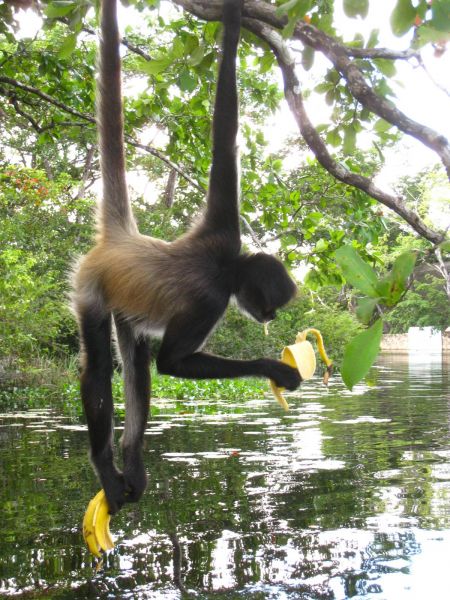















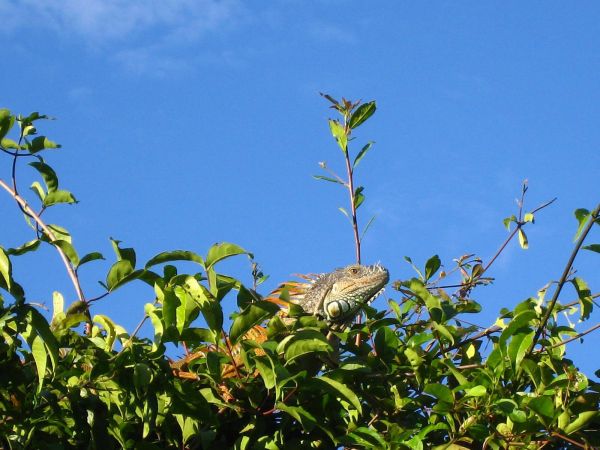
Keyword - animal kingdom -
Friday 28 November 2008
boat trip up to Lamanai
By dorian on Friday 28 November 2008, 20:55 - RTW2-Belize
Wednesday 5 November 2008
turtles and green sand
By dorian on Wednesday 5 November 2008, 17:28 - RTW2-Hawaii

Big Island brings its lot of surprises. On the south coast, we make a detour to stroke the black sand of the Panu'ulu beach. But today, peaceful denizens besieged the place, 4 green turtles lounge. An intimate moment and a noticeable chance to see them so close after observing them underwater many times. With a terrible effort, contrasting with their graceful swimming, they heave themselves up onto the beach. The bottom of their shell and their feet leave a furrow into the dark sand. Exhausted, they let their heavy head freely go to one side and don't pay attention at the onlookers who came to marvel at.












I don't want to leave any longer but Cho and Hé would like to discover the south point of the island which is also the southernmost tip of the USA. After several pictures, we park our Jeep and walk eastwards. Three quarters of an hour to get to a beach. But why walking such a time to see a strip of sand while magnificent crescents scatter all around the island ? Because this beach is special, made of olivine crystals for most of it. And far from the common colours of a common beach, here, the sand is... green! I collect a handful of this precious blend and make the particles shimmer in the sun and no doubt, it's really green! However, the state forbids the sand-collectors to draw this precious jewel, it will cost a 500$ fine. We spread out our towels on this greenish ground and carry on perplexedly watching at this weird sand.








Monday 15 September 2008
the leeches of the oldest jungle in the world
By dorian on Monday 15 September 2008, 17:24 - RTW2-Malaysia
At the far northeast of Malaysia, close to the Thai border, my watch gives 6h AM. The sky is still dark when I get on the jungle train. A scenic railway which goes through and gives life to the interior of the country. A handful of villages and farms are the meagre signs of the human presence in the middle of the dense vegetation which borders the route. In the beginning of the afternoon, I get off the train in the village of Jerantut before catching a bus heading for the Taman Negara national park. A genuine jungle, older than the Amazon or the forests of the Congo, which shows an age of 130 millions years. It withstood the successive deluges, geological variations, volcanic activities and for a long time I hope the human appetite for deforestation.
A number of marked-out trails go into the forest. One of them leads to a series of swinging bridges above the canopy. Another one goes alongside the river in the middle of the inextricable vegetation. A range of plants occupy the low layers of the jungle while long trees point at the sky to catch the sun rays. En route, a myriad of insects creep on the ground. more-than-2-centimeter-long titanic ants frenetically walk on the scenic trail. My foot hesitates when it meets a 15-centimeter-long scorpion. But my most appalling encounter will happen when I will lift my tee-shirt noting a dozen of leeches kindly invited themselves on my belly and my legs. It's not painful but they remain hanged until trebling or quadrupling their volume, force-feeding themselves with blood. To make easier their pumping work, they inject an anticoagulant which puts off the healing of the injury. I will wait for several hours before seeing my tiny wounds close up. Jungle hazards.
The next day, I leave the jungle by boat for a relaxing ride on one of the river muddy waters of the park. Back to the civilized world.

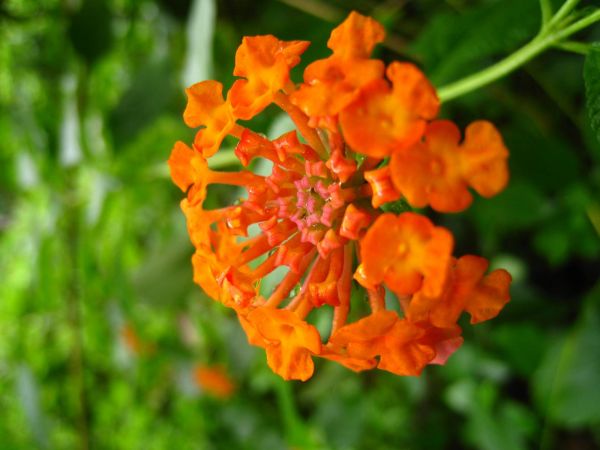
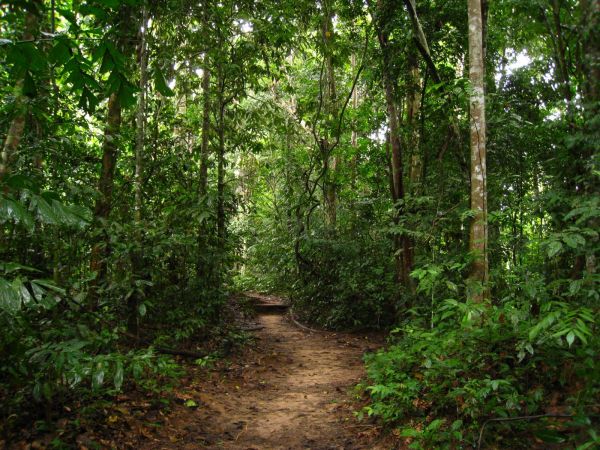
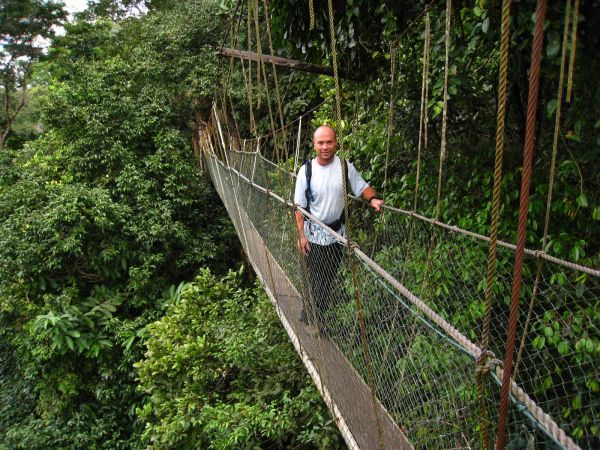
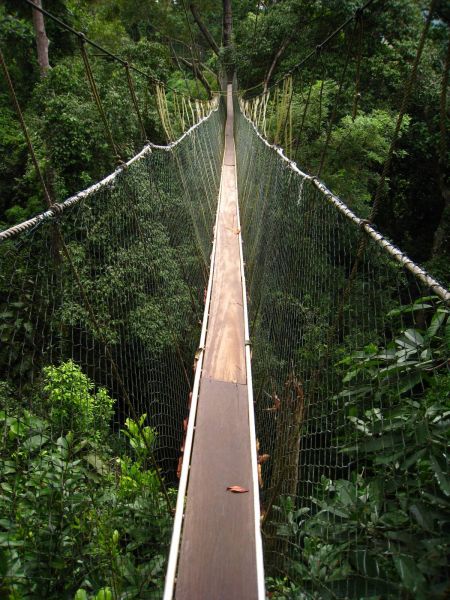
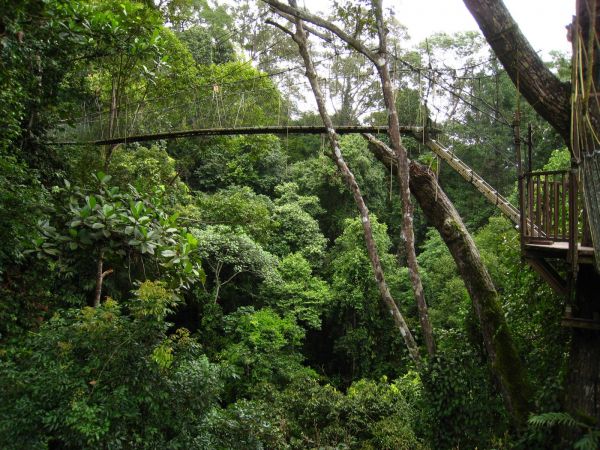
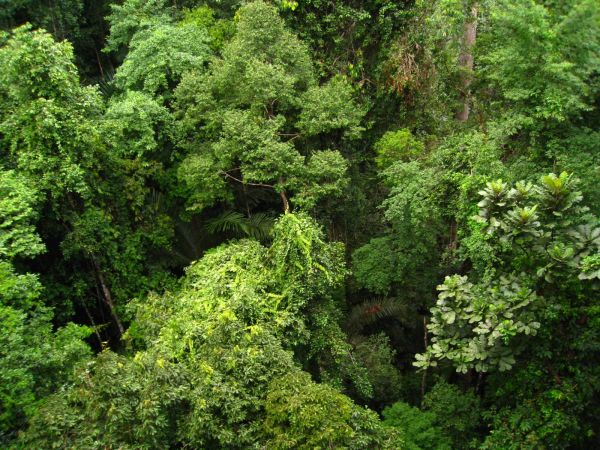

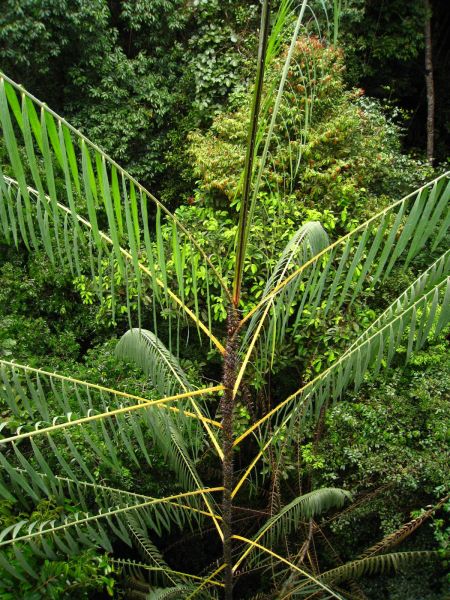
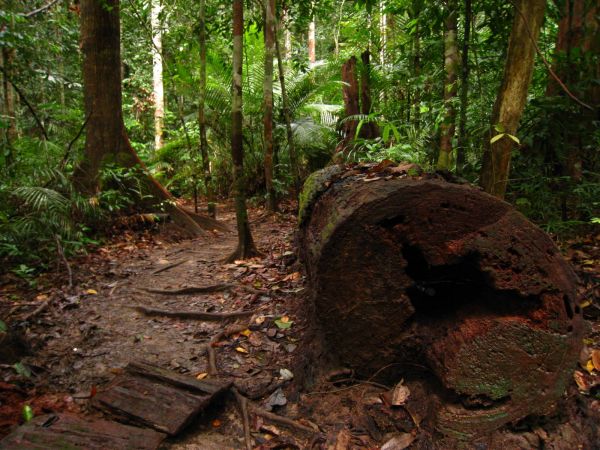

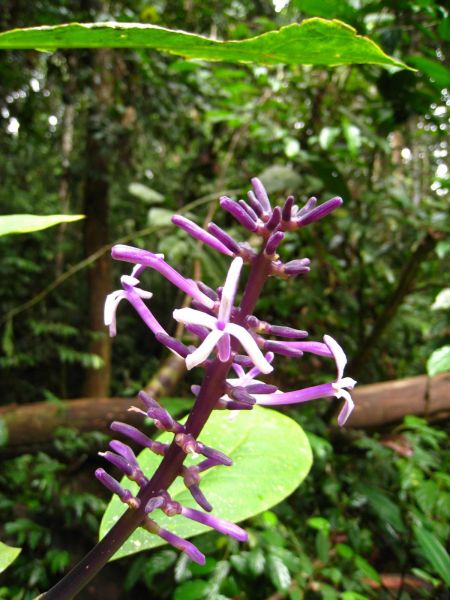
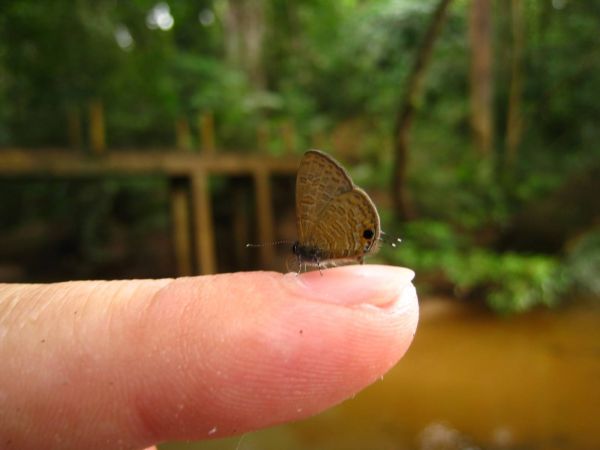
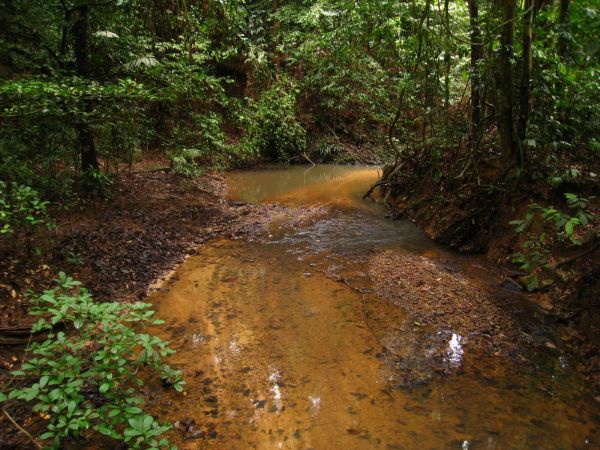

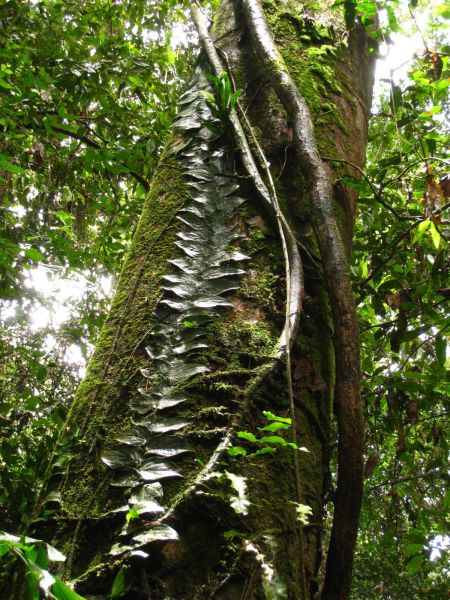
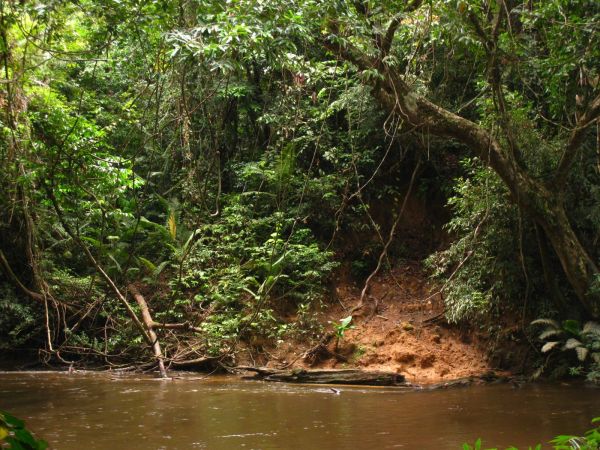
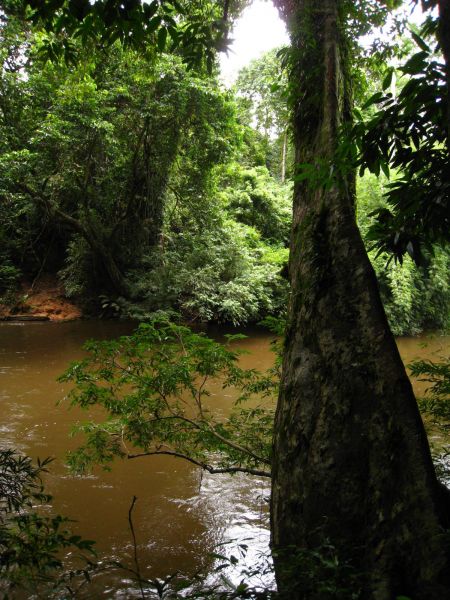
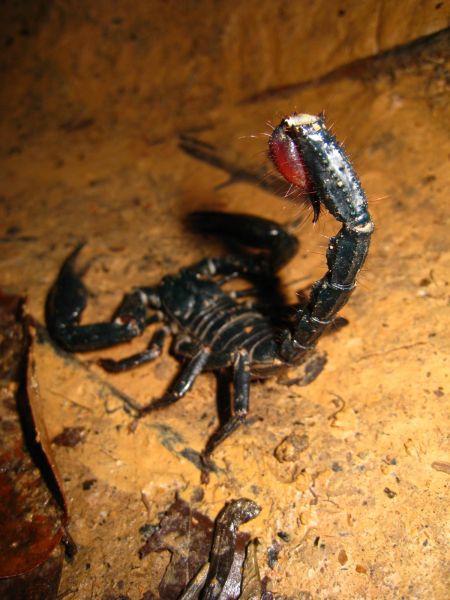
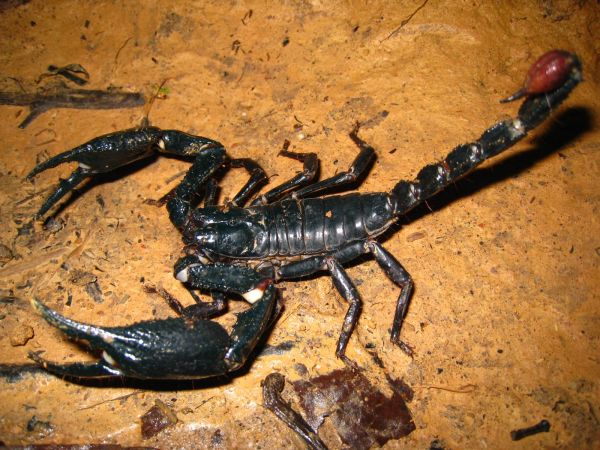
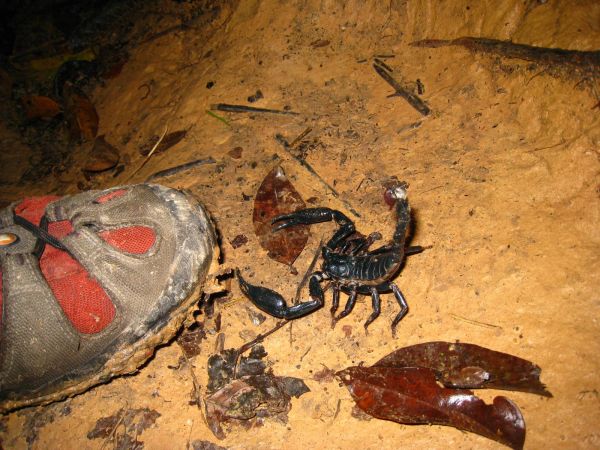

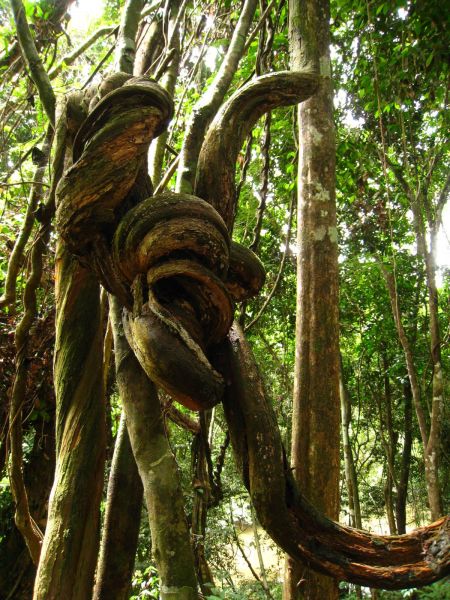
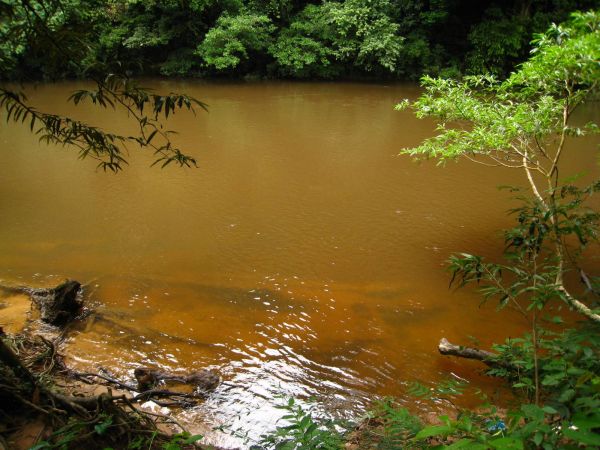
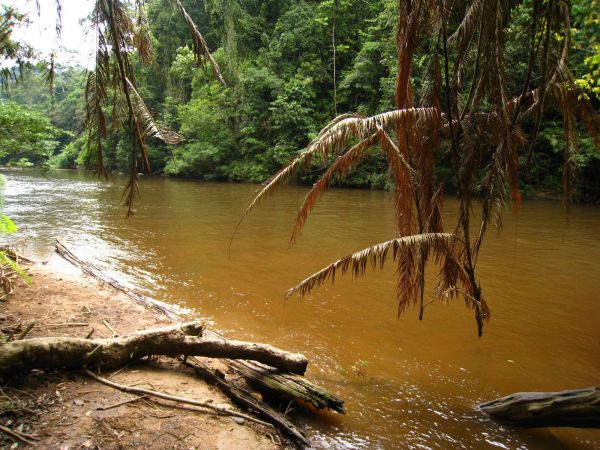

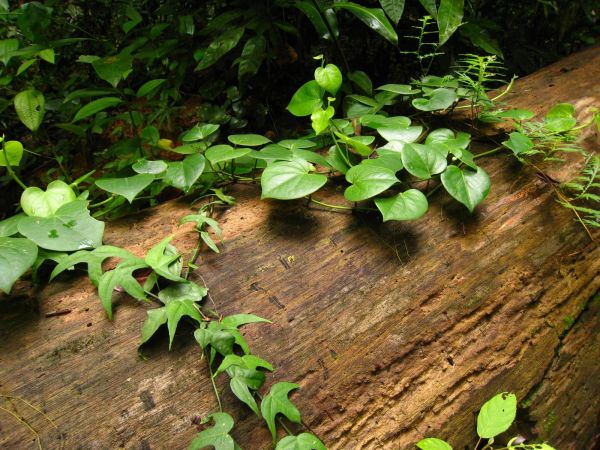
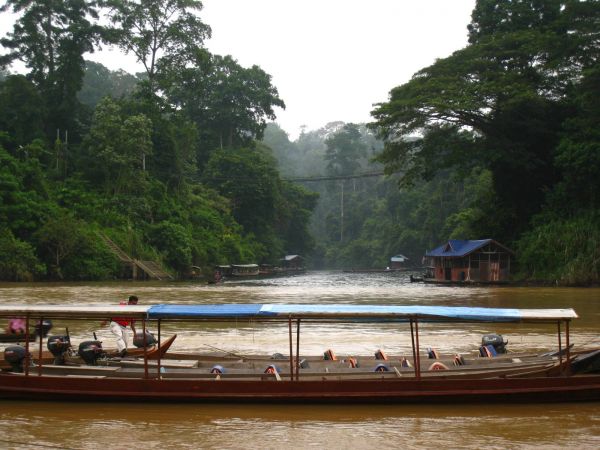
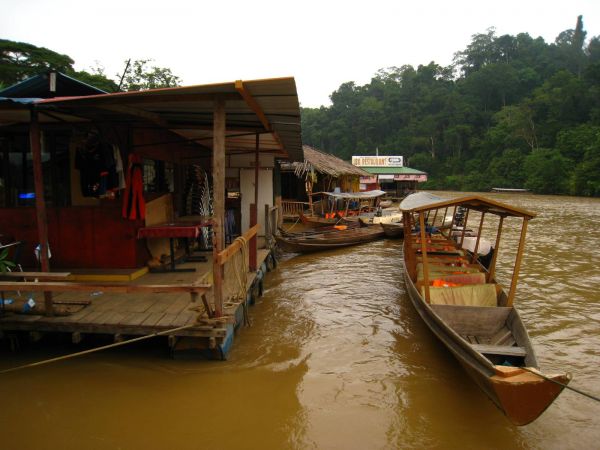
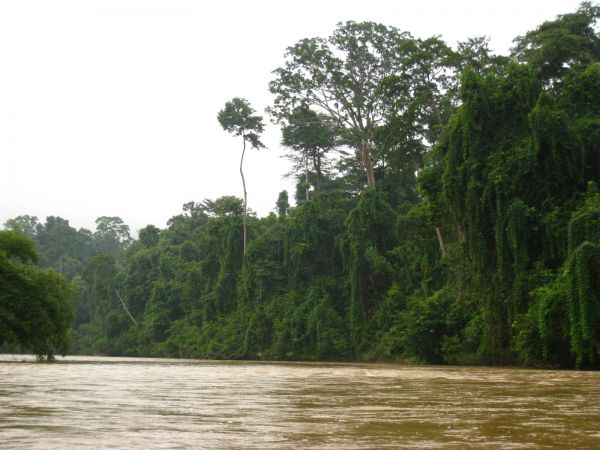
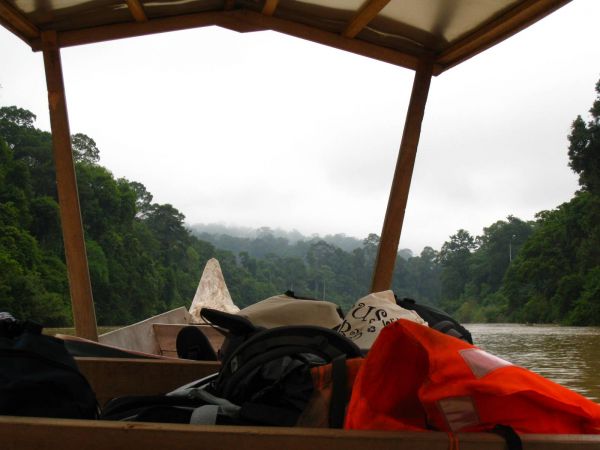
« previous entries - page 1 of 7




 visits
visits